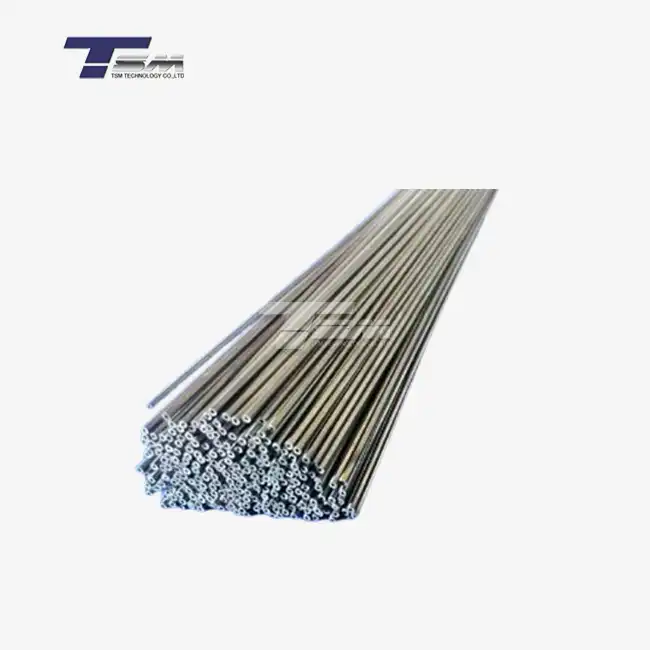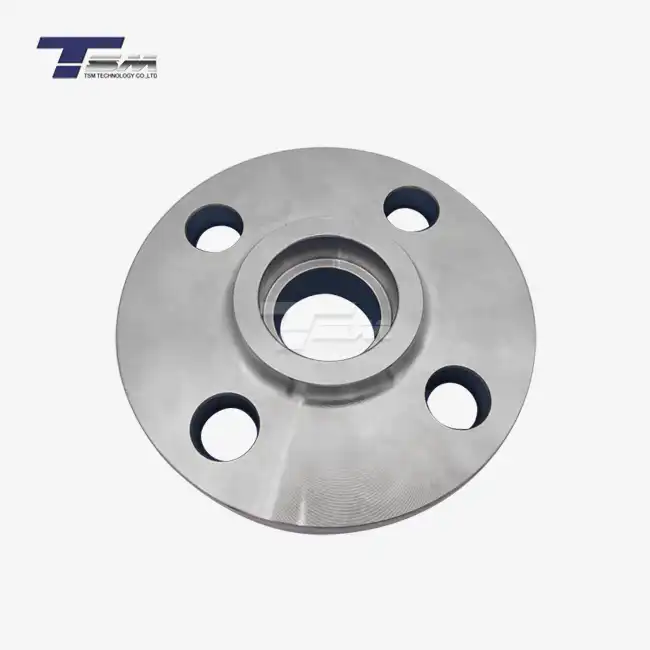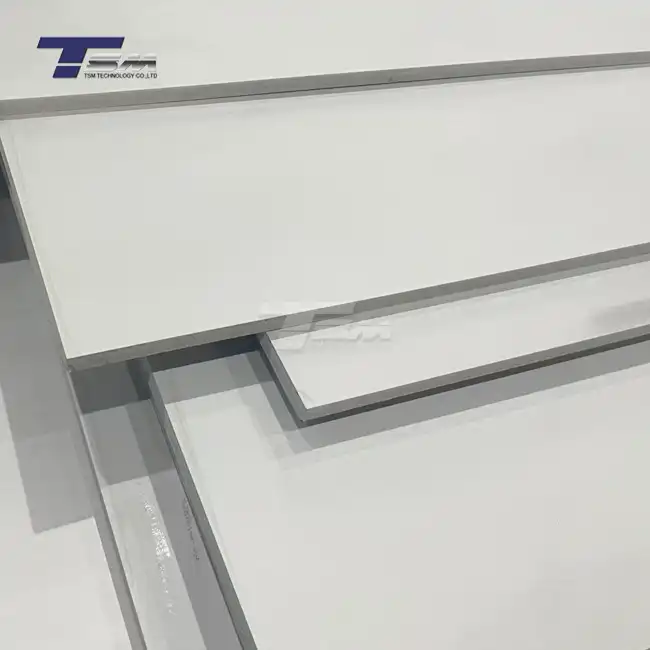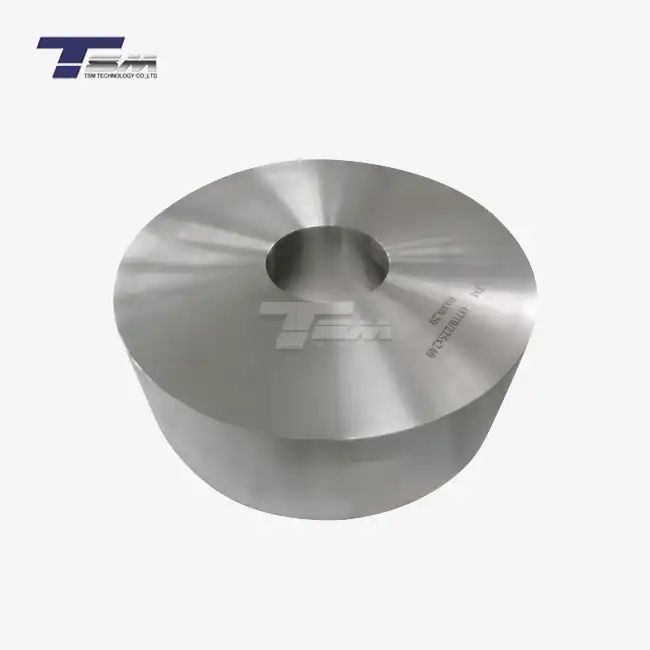- English
- French
- German
- Portuguese
- Spanish
- Russian
- Japanese
- Korean
- Arabic
- Greek
- German
- Turkish
- Italian
- Danish
- Romanian
- Indonesian
- Czech
- Afrikaans
- Swedish
- Polish
- Basque
- Catalan
- Esperanto
- Hindi
- Lao
- Albanian
- Amharic
- Armenian
- Azerbaijani
- Belarusian
- Bengali
- Bosnian
- Bulgarian
- Cebuano
- Chichewa
- Corsican
- Croatian
- Dutch
- Estonian
- Filipino
- Finnish
- Frisian
- Galician
- Georgian
- Gujarati
- Haitian
- Hausa
- Hawaiian
- Hebrew
- Hmong
- Hungarian
- Icelandic
- Igbo
- Javanese
- Kannada
- Kazakh
- Khmer
- Kurdish
- Kyrgyz
- Latin
- Latvian
- Lithuanian
- Luxembou..
- Macedonian
- Malagasy
- Malay
- Malayalam
- Maltese
- Maori
- Marathi
- Mongolian
- Burmese
- Nepali
- Norwegian
- Pashto
- Persian
- Punjabi
- Serbian
- Sesotho
- Sinhala
- Slovak
- Slovenian
- Somali
- Samoan
- Scots Gaelic
- Shona
- Sindhi
- Sundanese
- Swahili
- Tajik
- Tamil
- Telugu
- Thai
- Ukrainian
- Urdu
- Uzbek
- Vietnamese
- Welsh
- Xhosa
- Yiddish
- Yoruba
- Zulu
What is the Melting Point of Inconel 718?
If you're delving into the world of high-performance alloys, you've likely encountered Inconel 718 - a material renowned for its resilience in extreme environments. One of the most common questions about this superalloy is its melting point, a critical factor for industries relying on its durability. The melting point of Inconel 718 ranges between 1,260°C and 1,336°C (2,300°F to 2,437°F). This broad range stems from its complex composition, which includes nickel, chromium, and other elements that enhance its thermal stability. Inconel 718 tube is often used in applications where high temperatures are a concern due to its excellent heat resistance. Understanding this property is vital for applications involving high temperatures, such as aerospace components or industrial machinery, where precision and reliability are non-negotiable.
Understanding Inconel 718 and Its Properties
Composition of Inconel 718
Inconel 718 is a nickel-based superalloy, prized for its ability to withstand punishing conditions. Its composition is a meticulous blend of elements, with nickel making up the lion's share at approximately 50-55%. Chromium, contributing around 17-21%, bolsters corrosion resistance, while iron adds structural integrity. Smaller amounts of niobium, molybdenum, titanium, and aluminum enhance its strength and heat resistance. This intricate alloying process creates a material that excels in environments where lesser metals would falter, making it a preferred choice for components like Inconel 718 tubes and pipes in demanding sectors.

Why Melting Point Matters?
The melting point of a material isn't just a number - it's a gateway to understanding its practical applications. Inconel 718's elevated melting range of 1,260°C to 1,336°C signifies its capacity to endure extreme thermal stress without deforming or losing integrity. This property is indispensable in industries such as aerospace, where turbine blades and exhaust systems face blistering temperatures, or in oil and gas, where Inconel 718 pipes are exposed to corrosive, high-heat conditions. Knowing the melting point helps engineers select the right material for applications where thermal stability is paramount.
Comparing Inconel 718 to Other Superalloys
To appreciate Inconel 718's prowess, it's helpful to juxtapose it with other superalloys. Consider Hastelloy X, another nickel-based alloy, which has a slightly lower melting range of 1,260°C to 1,310°C. While Hastelloy X excels in oxidation resistance, Inconel 718 outshines it in tensile strength at elevated temperatures. Monel 400, by contrast, melts at a lower range of 1,300°C to 1,350°C and is better suited for marine applications due to its corrosion resistance in seawater. Inconel 718's unique balance of heat tolerance and mechanical strength makes it a versatile choice across industries, particularly for components like Inconel 718 tubes.
Applications of Inconel 718 in High-Temperature Environments
Aerospace and Turbine Components
Inconel 718 is a cornerstone of the aerospace industry, where its ability to endure searing temperatures and mechanical stress is invaluable. Turbine blades, exhaust nozzles, and combustion chambers often rely on this superalloy, particularly in the form of Inconel 718 pipes and tubes, to maintain structural integrity under relentless thermal cycling. The alloy's high melting point ensures it can withstand the intense heat of jet engines, while its resistance to creep - a gradual deformation under stress - prolongs component lifespan. This reliability is crucial for safety and performance in aviation, where even minor material failures can have catastrophic consequences.
Oil and Gas Industry Uses
The oil and gas sector presents some of the harshest environments imaginable, with equipment exposed to corrosive fluids, high pressures, and scorching temperatures. Inconel 718 is a go-to material for downhole tools, wellhead components, and piping systems, including Inconel 718 tubes, due to its exceptional resistance to pitting and stress-corrosion cracking. Its melting point ensures it can handle the heat generated during deep drilling operations, while its durability minimizes downtime and maintenance costs. For companies seeking materials that deliver longevity in such unforgiving conditions, Inconel 718 is an unrivaled choice.
Power Generation and Industrial Furnaces
Power plants and industrial furnaces operate at temperatures that test the limits of most materials. Inconel 718 shines in these settings, particularly in components like heat exchangers and gas turbine parts, where its high melting point and oxidation resistance are critical. Inconel 718 pipes are often used to transport hot gases or fluids, ensuring operational efficiency and safety. The alloy's ability to maintain mechanical properties at elevated temperatures reduces the risk of thermal fatigue, a common issue in power generation equipment. This resilience translates to lower operational costs and enhanced system reliability.
Factors Influencing the Performance of Inconel 718
Heat Treatment and Microstructure
The performance of Inconel 718, including its melting behavior, is heavily influenced by its heat treatment and microstructure. Through processes like solution annealing and precipitation hardening, the alloy develops a robust matrix of gamma prime and gamma double prime phases, which enhance its strength and thermal stability. These treatments refine the grain structure, making Inconel 718 tubes and pipes more resistant to thermal shock and creep. However, improper heat treatment can lead to phase instability, potentially lowering the effective melting range and compromising performance in high-temperature applications.
Environmental Factors and Corrosion Resistance
While Inconel 718's melting point is a key attribute, its performance is also shaped by environmental factors. The alloy's chromium content provides a protective oxide layer, guarding against oxidation and corrosion even at elevated temperatures. This is particularly beneficial for Inconel 718 pipes in chemical processing plants, where exposure to aggressive substances is routine. However, prolonged exposure to sulfur-rich environments or extreme thermal cycling can challenge its integrity. Understanding these environmental interactions is essential for optimizing the alloy's use in real-world applications.
Manufacturing and Quality Control
The quality of Inconel 718 components, such as tubes and pipes, hinges on meticulous manufacturing and quality control. At TSM Technology Co., Ltd., every product undergoes rigorous inspection to ensure compliance with international standards. Advanced techniques like ultrasonic testing and X-ray diffraction are employed to detect internal defects, ensuring that each Inconel 718 tube meets the stringent demands of precision engineering. This commitment to quality not only enhances the alloy's performance but also reinforces its reliability in critical applications, from aerospace to industrial furnaces.
Conclusion
Inconel 718 stands out as a superalloy of choice for industries requiring materials that thrive under extreme heat and stress, thanks to its melting point of 1,260°C to 1,336°C. Its versatility, from aerospace turbines to oilfield piping, underscores its value in precision engineering. By understanding its properties, applications, and performance factors, you can make informed decisions about integrating this remarkable material into your projects. For tailored solutions, TSM Technology Co., Ltd. is your trusted partner in superior alloys.
Contact Us
For more information about Inconel 718 tube and other superior alloy products, please contact TSM Technology Co., Ltd. at info@tsm-technology.com. Our team of experts is ready to assist you in finding the right alloy solution for your specific needs.
References
Smith, J. A. (2018). High-Temperature Alloys: Properties and Applications. Materials Science Publishing.
Brown, T. R. (2020). Nickel-Based Superalloys in Aerospace Engineering. Industrial Press.
Patel, S. K. (2019). Corrosion Resistance of Inconel Alloys in Harsh Environments. Chemical Engineering Journal.
Lee, H. M. (2021). Thermal Stability of Superalloys: A Comprehensive Study. Metallurgy Review Press.
Gupta, R. N. (2017). Manufacturing Techniques for High-Performance Alloys. Precision Engineering Publications.
Davis, P. L. (2022). Advanced Materials in Oil and Gas Exploration. Energy Technology Press.
Learn about our latest products and discounts through SMS or email



